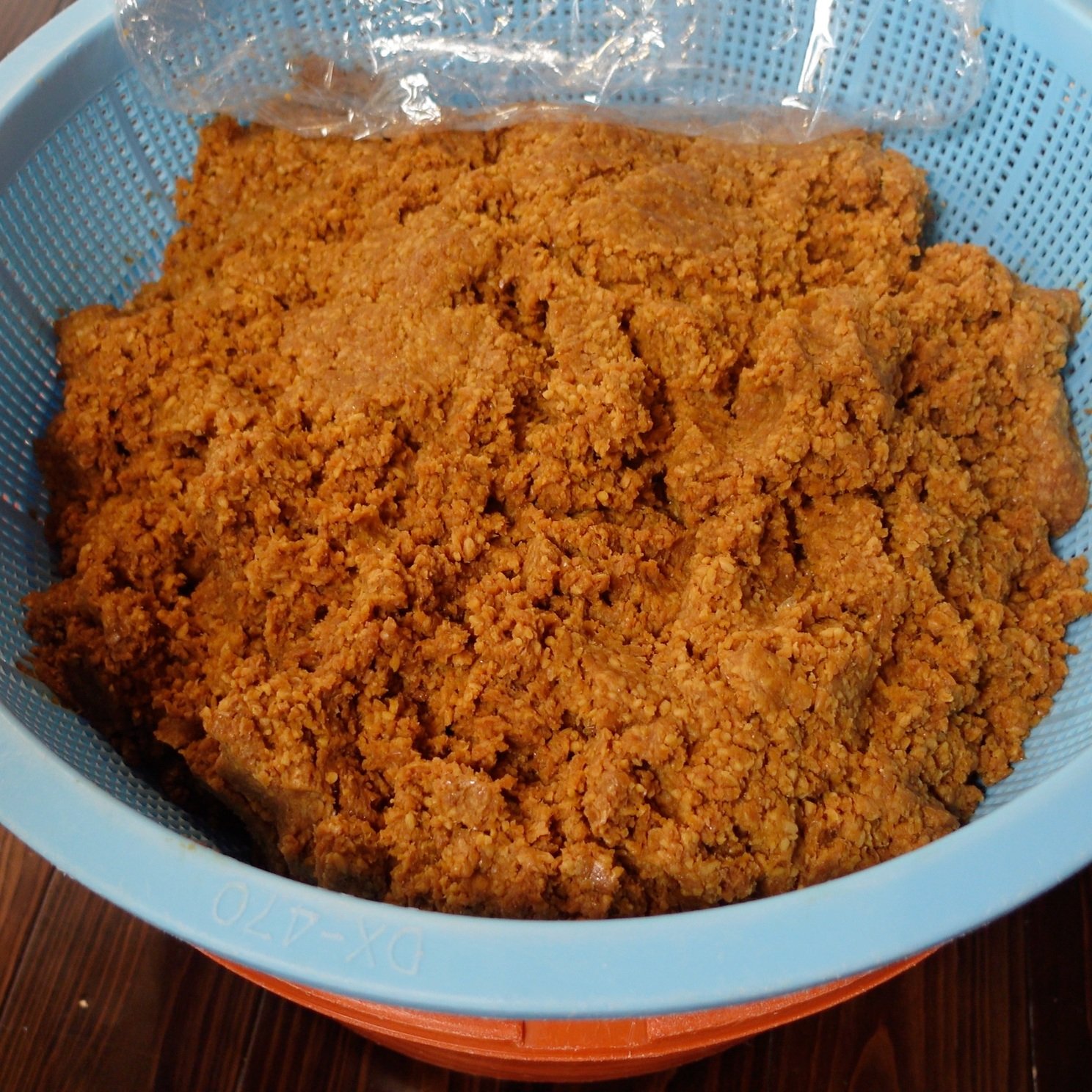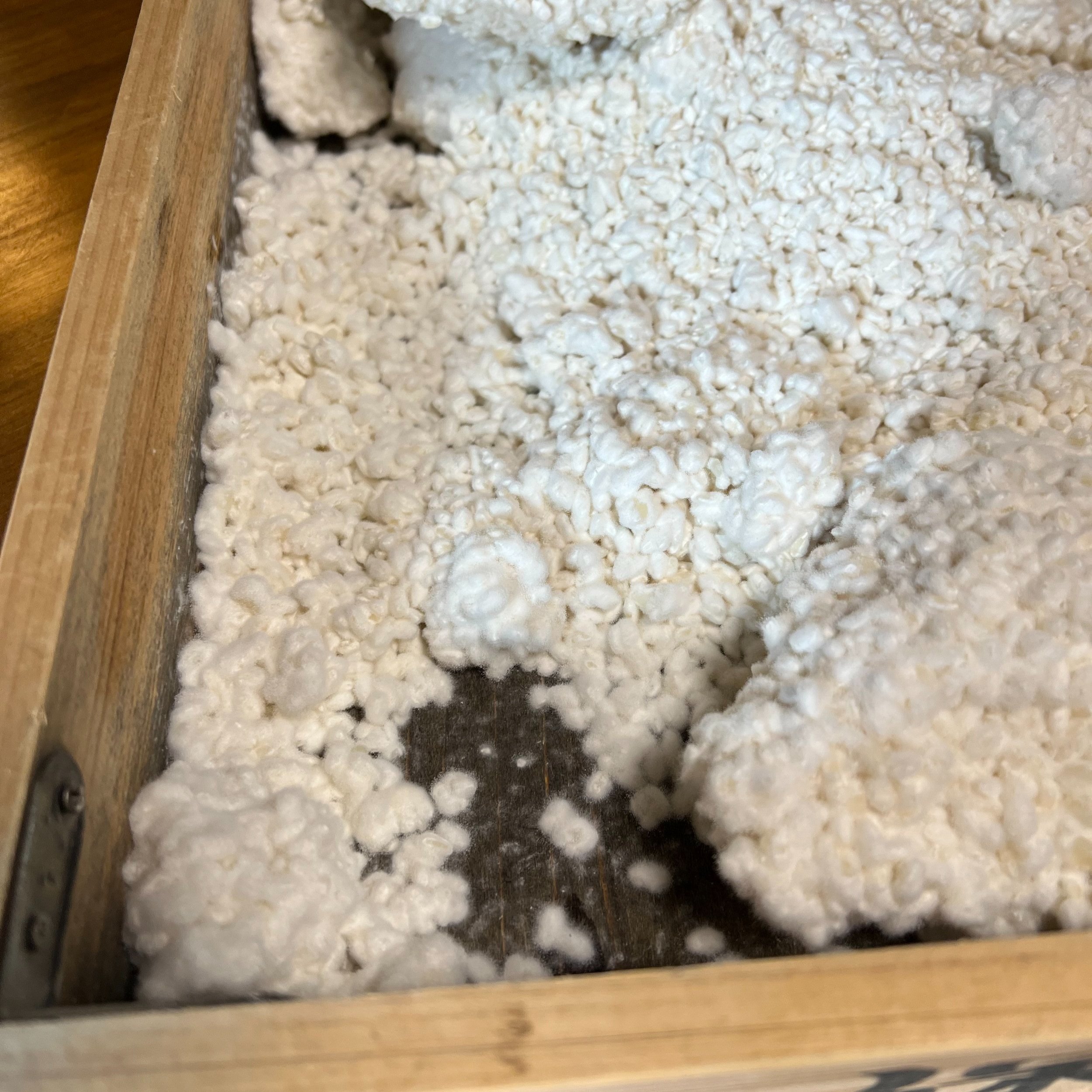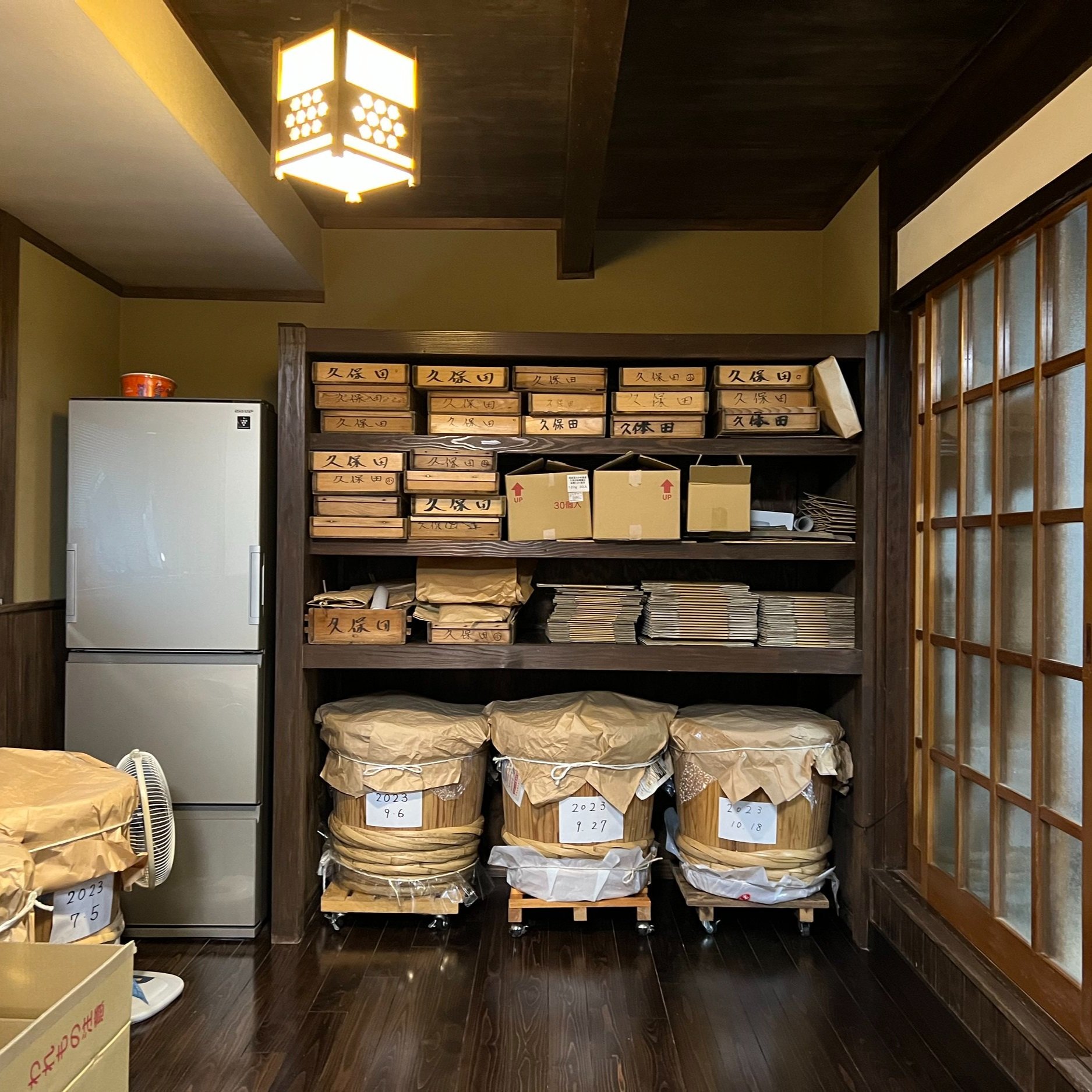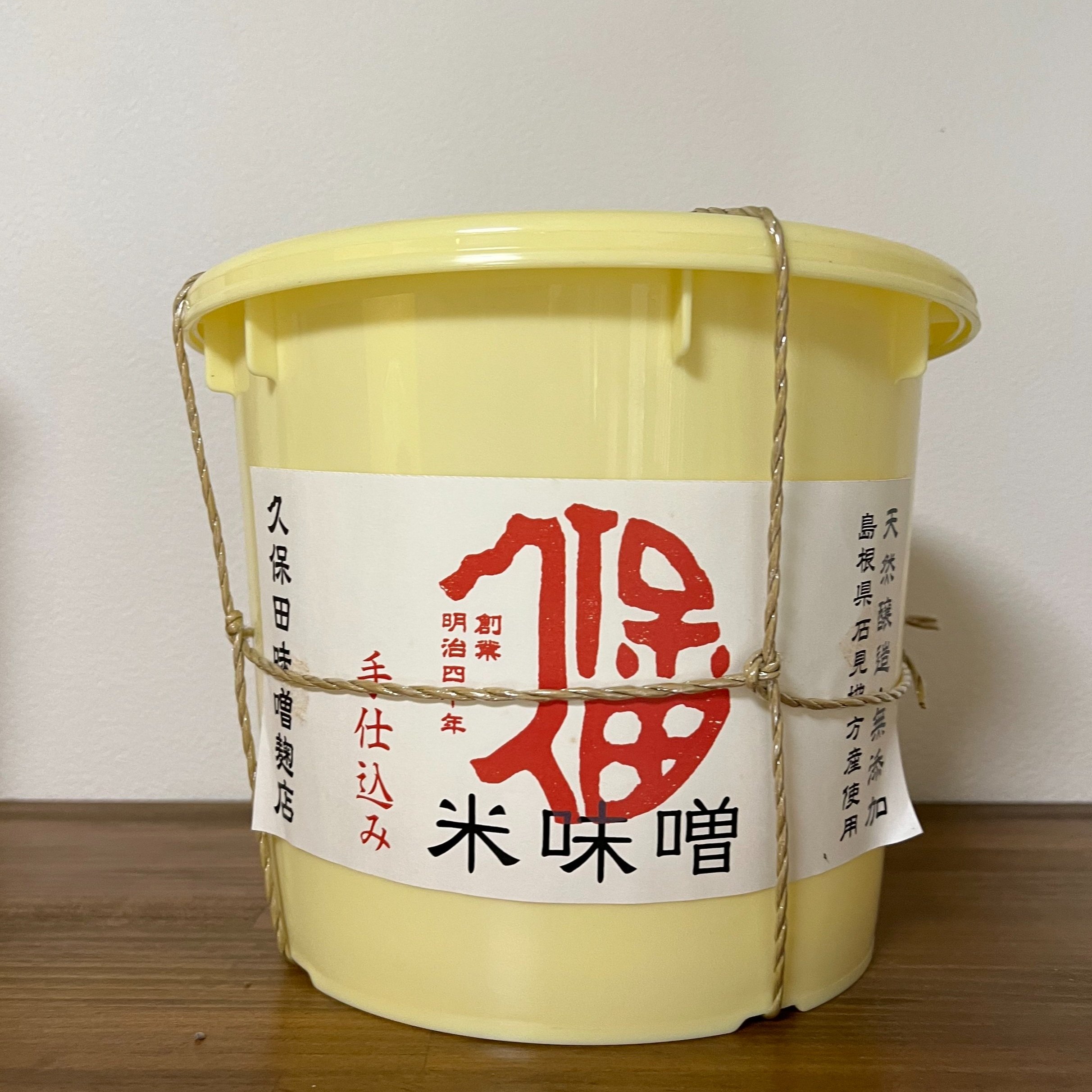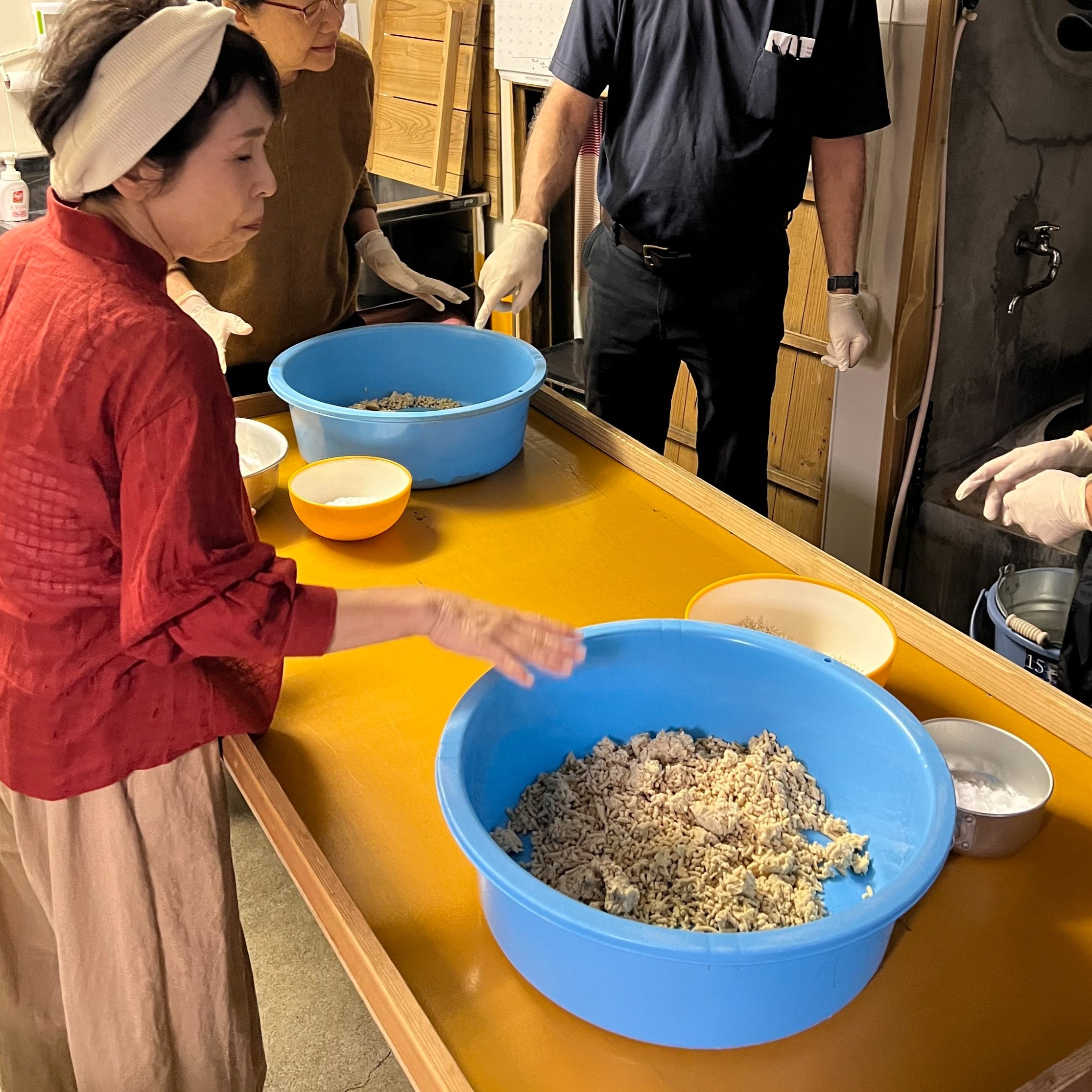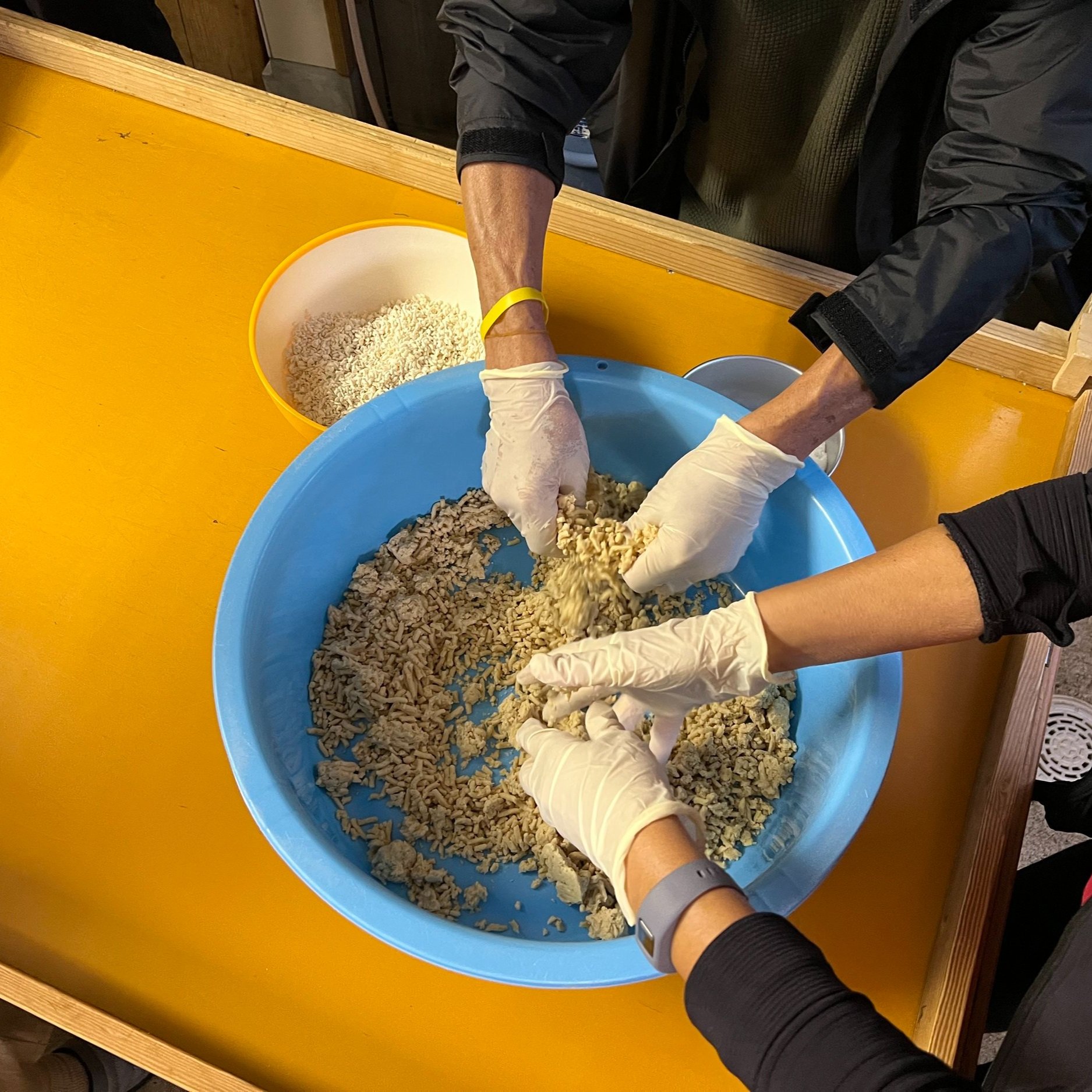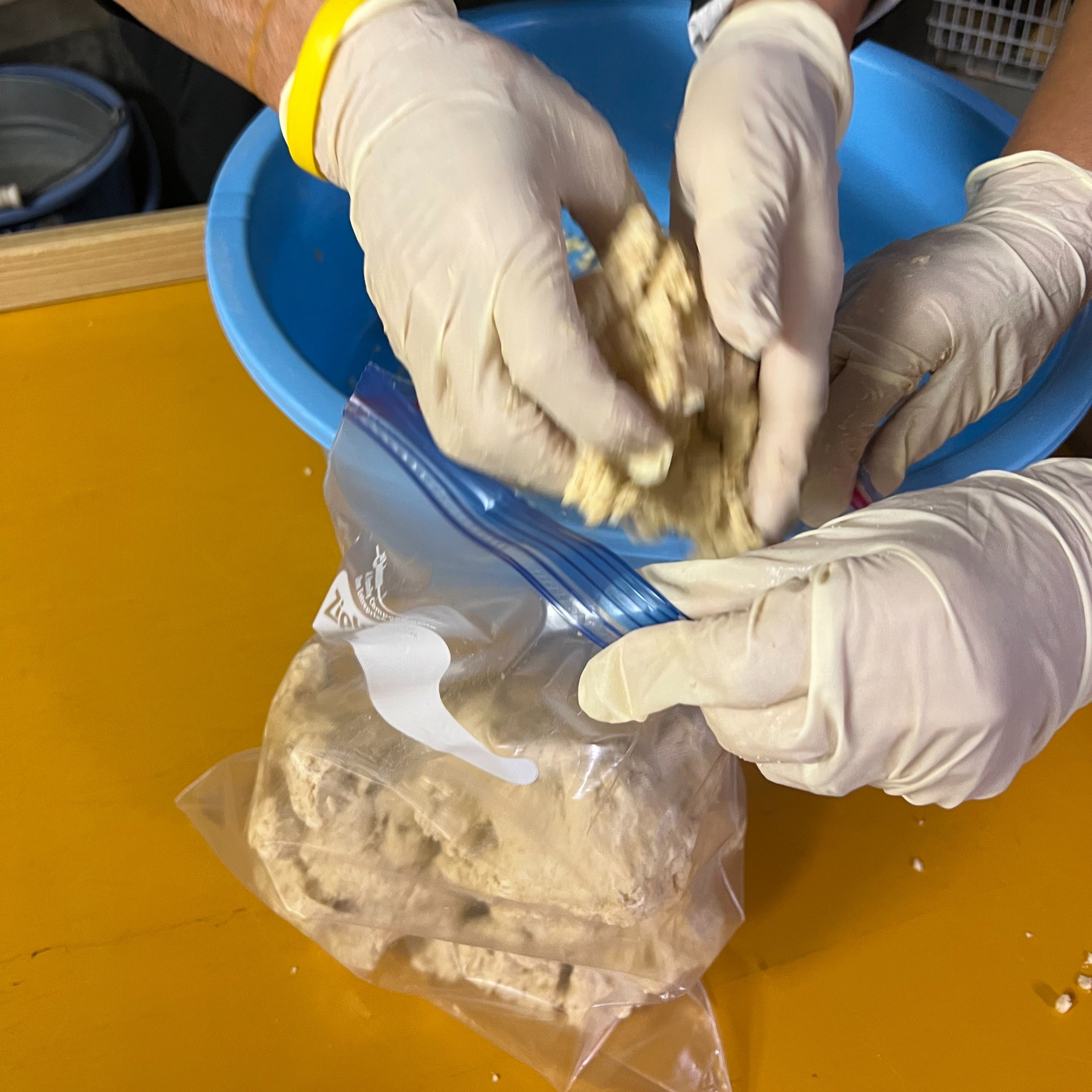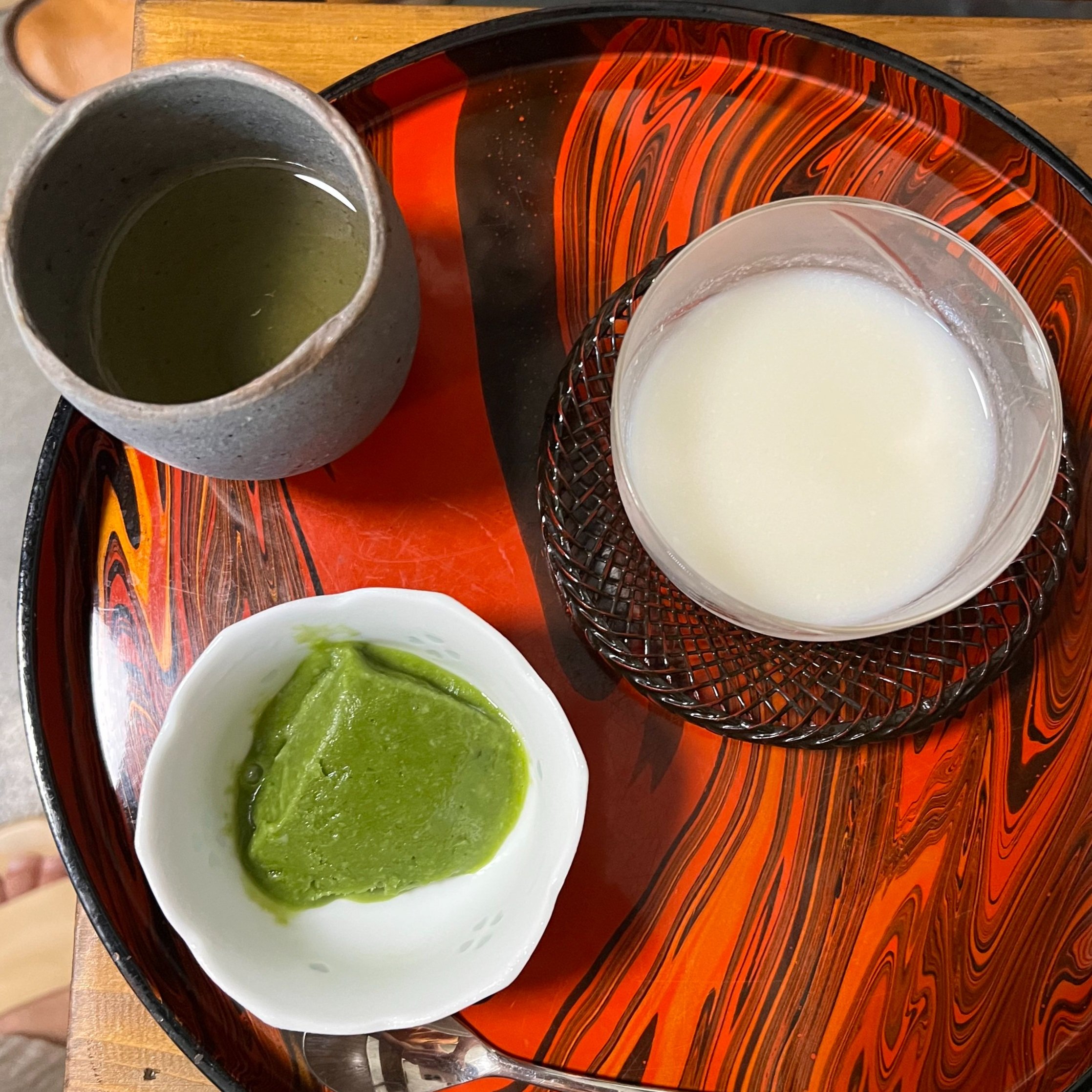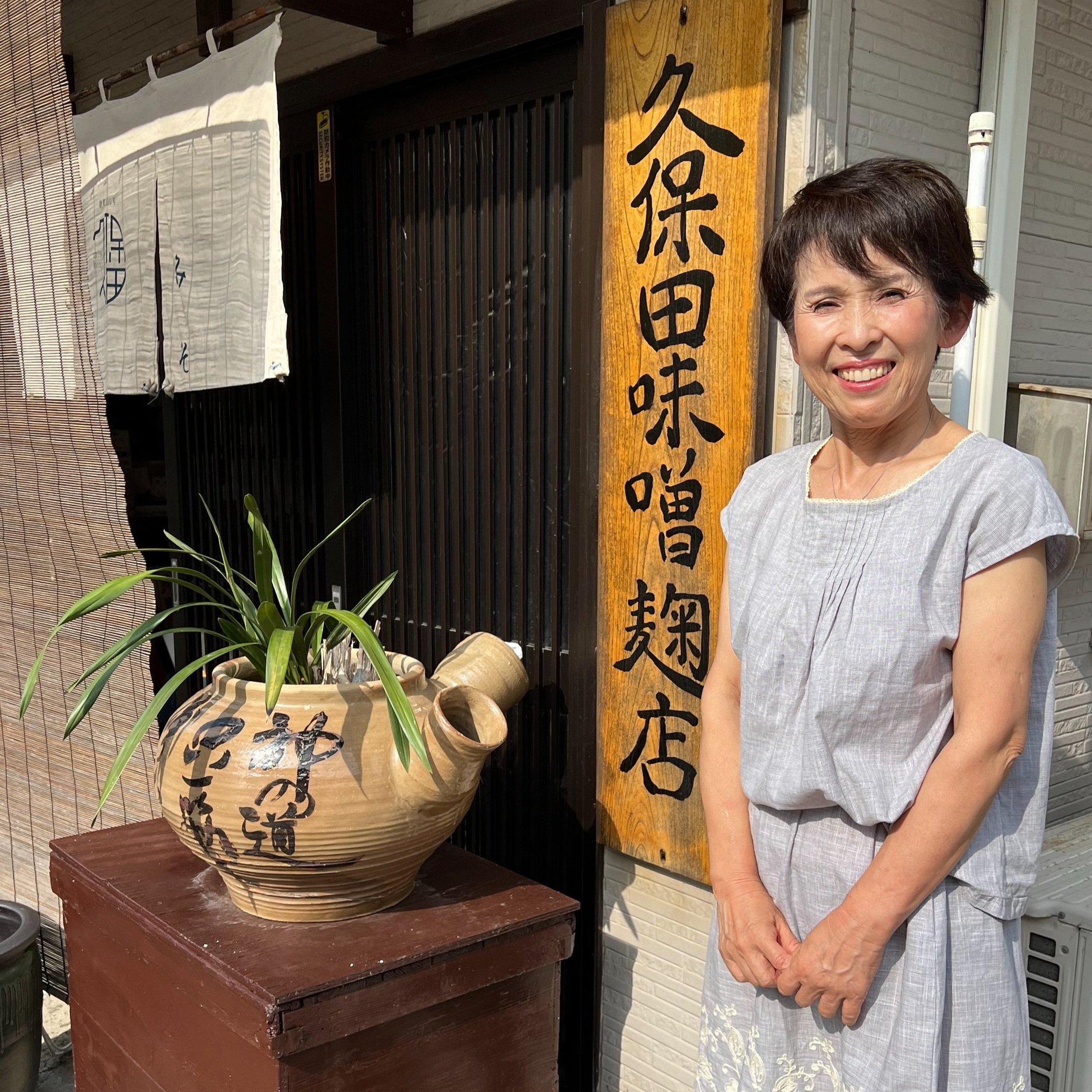Handcrafted Miso in Shimane
Exploring the Handcrafted Miso Made in Shimane, Japan
The culture of enjoying miso soup in the U.S. has become widespread, and miso is a common sight in grocery stores. However, have you ever wondered how many places in Japan still handcraft their miso?
One such place is Kubota Miso Koji Shop in Hamada City, Shimane prefecture. This century-old establishment has been producing miso and the essential rice Koji used in its production since the early 1900s.
Let's learn together about the history of miso and the art of crafting it with Mrs. Suizu, the fifth-generation owner.
The History of Miso:
There are various theories about the origin of miso. Some believe that it was introduced to Japan from ancient China, where a Koji-like substance was found and later brought to Japan. Another theory suggests that Koji originated during Japan's Nara period when mold accidentally grew on rice. The unique climate and high humidity of Japan contributed to the development of Koji and miso.
While Koji was officially recognized as a national fungus during the Showa era, miso and Koji were briefly forgotten during the rapid economic growth period. However, in the last 15 to 20 years, the popularity of salt Koji has surged, rekindling interest in Koji culture and fermented foods.
How Miso is Made:
The ingredients for miso are simple: koji, salt, and soybeans. First, the soybeans are steamed and cooked, then mixed with koji and salt. This mixture is stored in a sealed container and left to ferment for six months to a year. During fermentation, a liquid called "miso tamari" is produced, which is a precious seasoning, limited-edition of soy sauce.
All About Koji:
Koji is a type of mold cultivated for the production of fermented foods. When koji is mixed with grains such as rice, barley, or beans and left to ferment, it transforms into koji. Koji plays a pivotal role in enhancing umami and sweetness in various dishes. Temperature control is crucial in the koji-making process, as it can ferment too quickly in high temperatures or fail to develop in excessively low temperatures, highlighting its sensitivity to temperature variations.
Making Miso at Home:
Creating miso at home is a straightforward process. Mix the ingredients, seal them in a Ziploc bag, and let them sit at room temperature for 3-4 months. You can also use pre-cooked soybeans from the supermarket. Once made, store the miso in the refrigerator, and it will remain good for approximately six months. Properly removing air from the packaging is essential, as it can introduce acidity and harmful bacteria. A low fermentation volume can result in less umami development.
Ideas for Cooking with Koji:
Blend onions, koji, and salt in a food processor, then leave the mixture in a rice cooker overnight to create a delicious consommé soup. You can also prepare koji soy sauce by mixing koji and soy sauce, which enhances the flavor and depth of dishes like curry rice. Amazake Matcha ice cream - made with pure koji was very tasty as she offered me as a welcome snack at her store.
About Kubota Miso Koji Shop:
This time-honored home-shop in Hamada City in Shimane, has been handcrafting rice miso and koji for over a century. What sets them apart is their use of wooden barrels. Over time, these barrels become inhabited by microorganisms that work together to extract rich umami components from the miso. The shop's building, aged over a century, provides the perfect environment for koji culture to thrive. Their signature is a sweet rice miso with an abundance of koji.
In the past, during the era of thriving long-distance fishing, miso was supplied to ships, as sailors needed it for salt replenishment on voyages lasting over a month.
Miso was predominantly made during the winter, which is less affected to contamination, and local rice farmers engaged in barter exchanges with miso producers, ensuring a community-oriented business.
They offer visitors the opportunity to experience the art of miso making. Advance reservations are required.
Lastly:
Stepping into the shop, one is greeted by the sweet aroma of miso, and the ambiance of the wooden house creates a sense of tranquility. Hearing Mrs. Suizu talk about the presence of living koji culture in the miso-making process is a rare and enriching experience. Learning more about the artisans who continue to craft this essential food deepens our appreciation for the miso we use in our everyday lives. It fosters a deep sense of gratitude for those who continue to uphold this tradition.
interviewed Mrs. Suizu, the owner
Kubota Miso Koji Shop - www.kubotamisokoujiten.com


